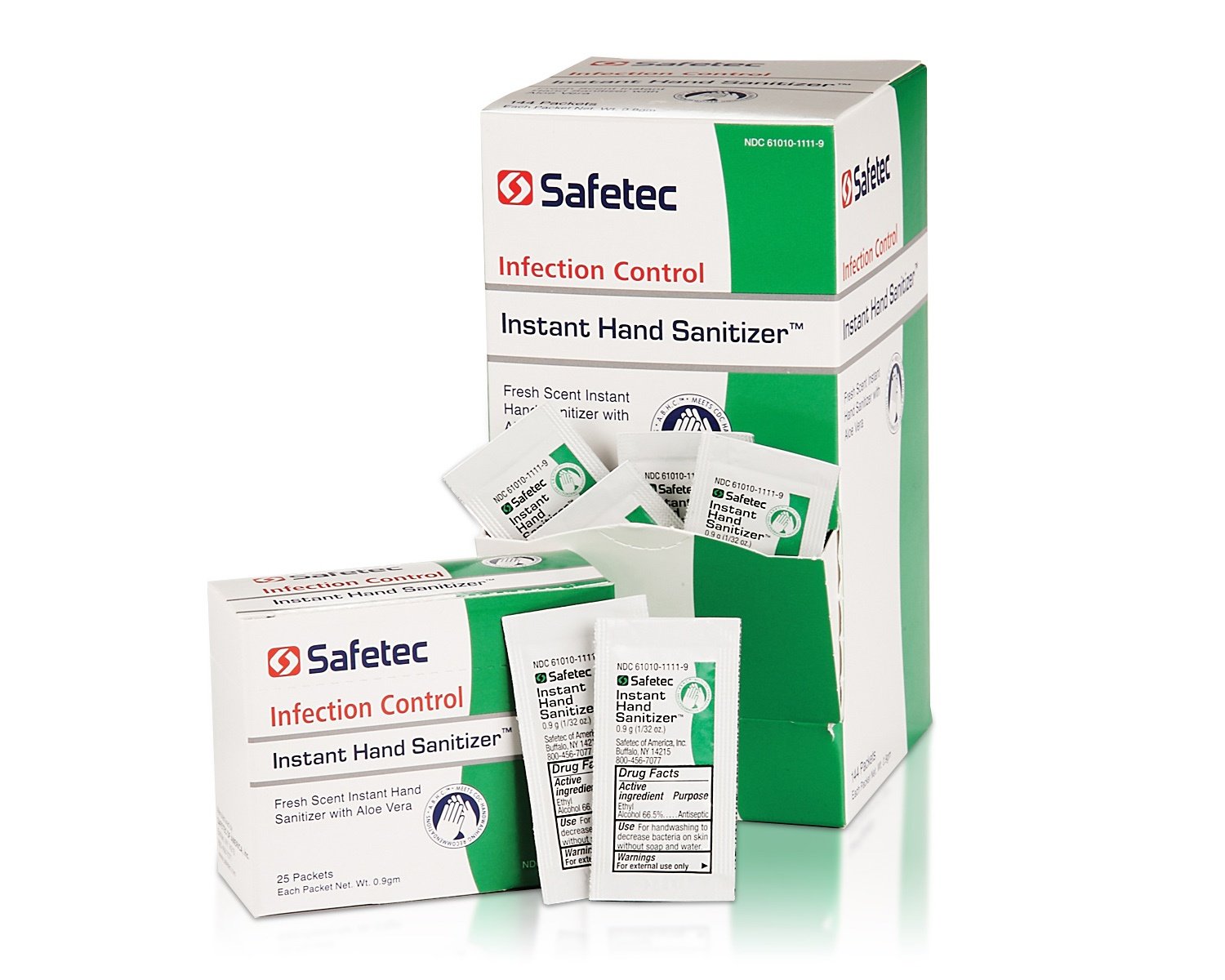
The Difference Between Antiseptics and Disinfectants
Antiseptics and disinfectants are very similar in that they are both used for killing microorganisms. They are different from one another though in both the makeup of them, as well as the use of them.
Antiseptics are used on living organisms, such as human skin, to kill any microorganisms living on the bodies surface. Disinfectants are used on non-living things, such as countertops and handrails, to kill the microorganisms living on that inanimate surface.
Antiseptics are typically found to have a lower concentration of the particular biocide which is used in that product to clean the surface than that of a disinfectant. Since the disinfectants are not meant for use on living tissues, but rather inanimate surfaces, they can use the higher concentration of biocide in the product since there is no skin or tissue to worry about irritating. Antiseptics require the lower concentration of biocide as too high of concentrations of certain biocides could cause high amounts of skin irritation.
Some examples of antiseptics are mouthwash or hand sanitizer, both of which are safe to come in contact with your skin, and, also, are able to be extremely effective at killing high amounts of microorganisms.
Alcohols, bleach, and formaldehyde are all examples of different types of disinfectants used to kill the microorganisms on the surface of any non-living objects.
It is essential for people to know the difference between antiseptics and disinfectants since they are both used for similar things but in different ways. Using a disinfectant as an antiseptic would likely irritate that tissue. Also, using an antiseptic as a disinfectant could result in a less sufficient job of cleaning that surface due to the lower concentration of biocide.
Sources: https://www.healthline.com/health/what-is-antiseptic#antiseptic-vs-disinfectant
